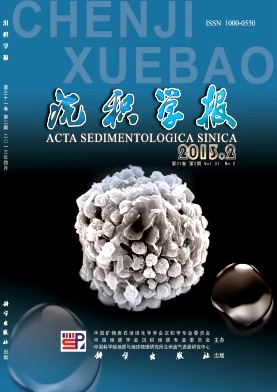“Dolomite Problem” and Research of Ancient Lacustrine Dolostones
- Publish Date: 2013-04-10
-
Key words:
- microbial dolomite /
- lowtemperature precipitation /
- micromorphology /
- scale of microbial dolomite /
- ancient lacustrine dolostones
Abstract: In the past thirty years,microbial dolomite model provides a new insight into longstanding “Dolomite Problem”. Many experiments and cases demonstrated that the metabolic activities of microorganisms (sulfatereducing bacteria, methanogenic Archaea, and moderately halophilic aerobic bacteria, etc.) played a key role in mediating the dolomite lowtemperature precipitation. The characteristic microtexture, micromorphology and specific carbonate isotopes are the major distinguishing remarks of the microbial dolomite. However,there have stillcontroversies on the scale of microbial dolomite, its mediation mechanism, whether there exist putative "nanobacteria" fossils, and whether the modern microbial dolomite model can be reliable criteria to ancient analogues. Ancient lascustrine dolostones widespread in China which show a diversity of mechanisms, offer good opputinities to better understand these intensive issues in comparison with the modern counterparts.
| Citation: | “Dolomite Problem” and Research of Ancient Lacustrine Dolostones[J]. Acta Sedimentologica Sinica, 2013, 31(2): 302-314. |






 DownLoad:
DownLoad: